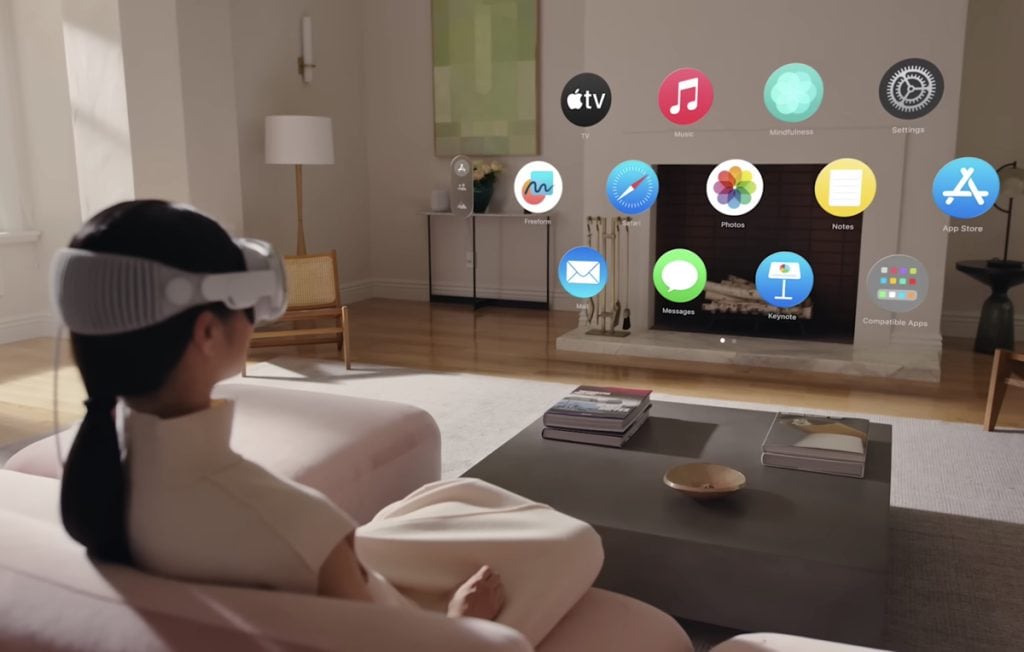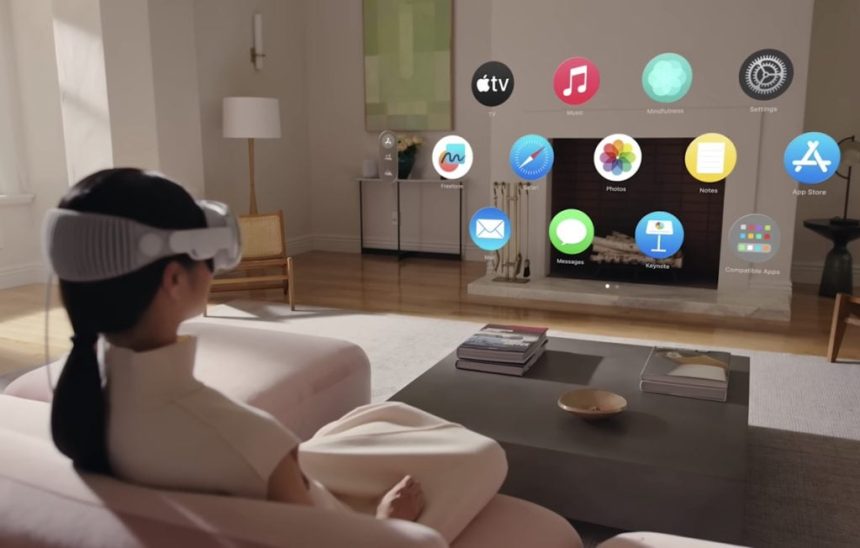Samsung Display and LG Display are advancing in the field of Tandem OLED technology, a development that sets them apart from Chinese competitors. This innovative technology stacks two organic light-emitting layers, significantly improving power efficiency and brightness. Both companies have completed research and development and released prototypes, aiming to commercialize these advancements soon.
Applications in Micro OLED
Micro OLED, or OLEDoS (Organic Light-Emitting Diode on Silicon), is a next-generation display technology that builds electronic circuits on silicon wafers instead of traditional glass substrates. This allows for high pixel density (thousands of pixels per inch) in small sizes, making it ideal for augmented reality (AR) and virtual reality (VR) devices. Apple’s Vision Pro, released last year, utilized Sony’s micro OLED panel, demonstrating the potential of this technology in consumer electronics.

Benefits of Tandem OLED
The tandem structure in micro OLEDs brings multiple benefits, including improved brightness, enhanced power efficiency, and extended lifespan. LG Display has been a pioneer in this field, having successfully mass-produced tandem OLEDs since 2019. The second-generation tandem OLEDs reduce power consumption by 40% and increase brightness by 30% compared to their predecessors. LG Display is now working on a third-generation product, expected to reduce power consumption by an additional 20% and target a 2026 release.
Competitive Edge
Samsung Display is also making strides in this area, leveraging the expertise of US-based micro OLED specialist Imagine, which it acquired last year. The focus on tandem OLEDs allows both Samsung and LG to maintain a technological edge over Chinese manufacturers, who have yet to commercialize similar technology effectively.
According to industry experts, Chinese company BOE is developing tandem OLED panels but has not yet reached the commercialization stage. Reports suggest that BOE is supplying tandem OLED panels to Honor for its foldable phone models, but these claims remain unverified.
Market Impact and Future Prospects
LG Display and Samsung Display are expanding the application of tandem OLED technology beyond automotive products to include IT products like tablets and laptops. Apple’s new iPad Pro, the first OLED tablet, features a two-stack tandem OLED panel supplied by these companies. As a result, LG Display’s market share for OLED panels in iPads has decreased from over 70% to 50%, while Samsung Display’s share has increased to approach a 50-50 split.
Samsung and LG Display’s advancements in tandem OLED technology underscore their commitment to leading the display industry. By focusing on high-efficiency, high-brightness displays suitable for AR and VR applications, they differentiate themselves from Chinese competitors and set the stage for future innovations in display technology.












